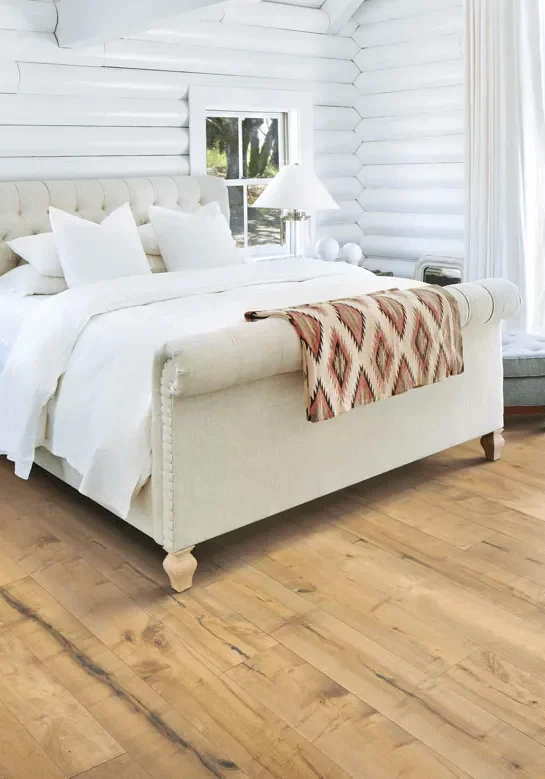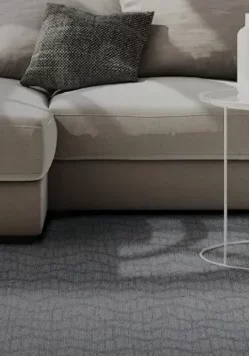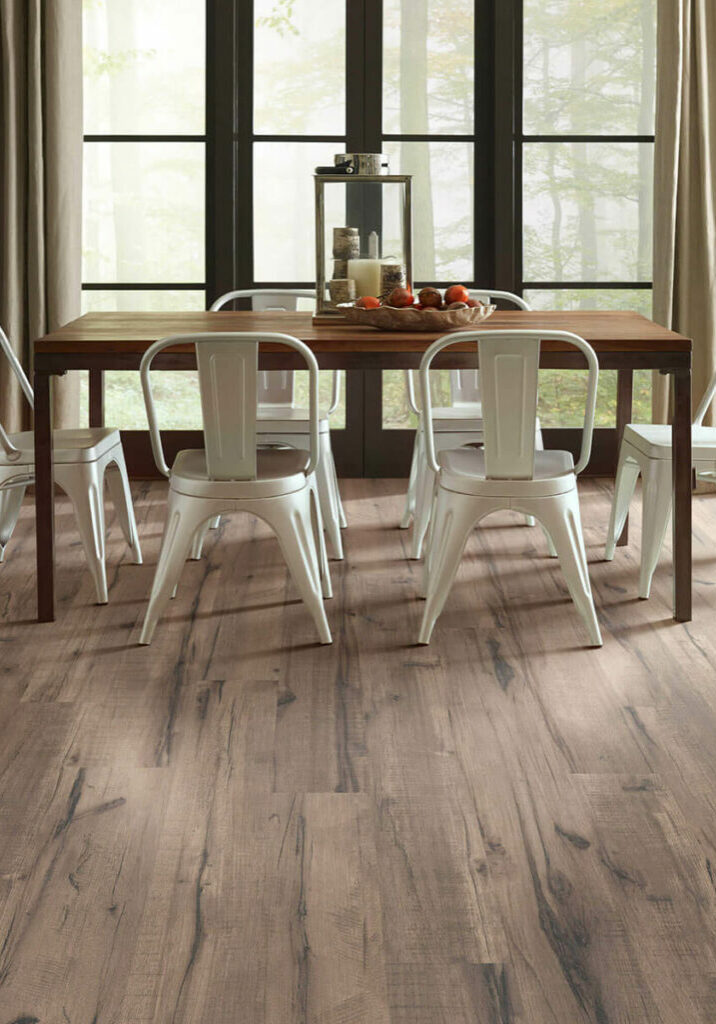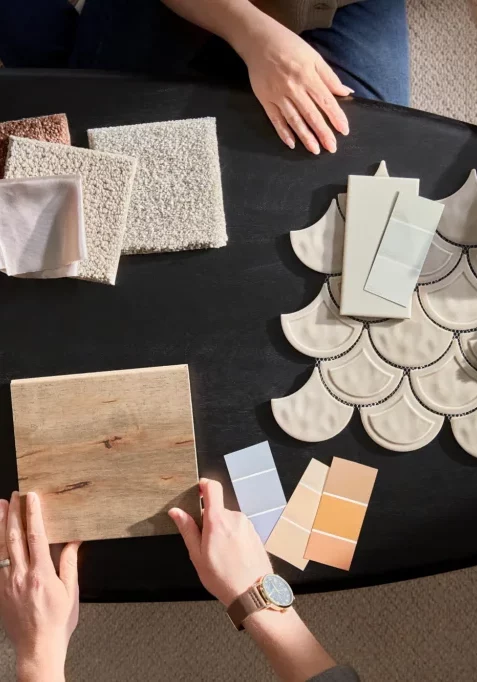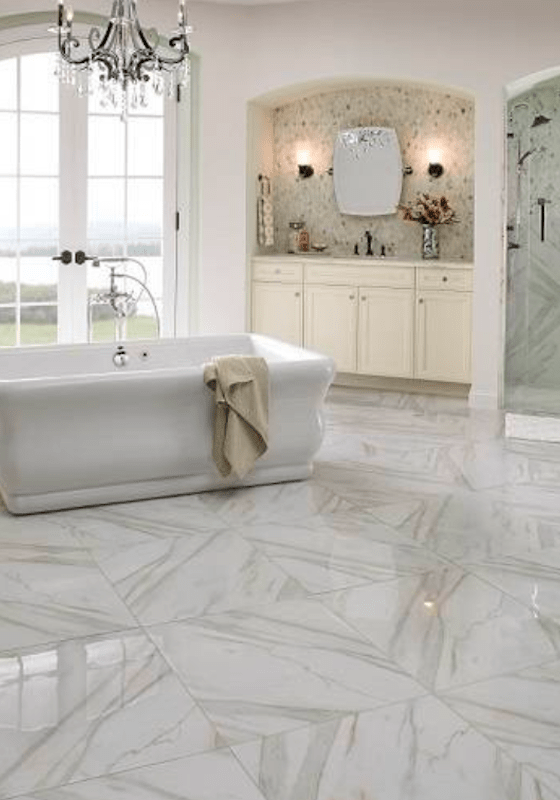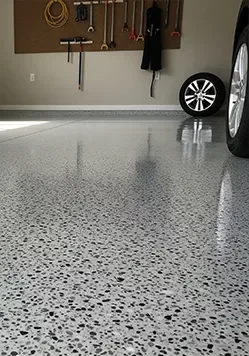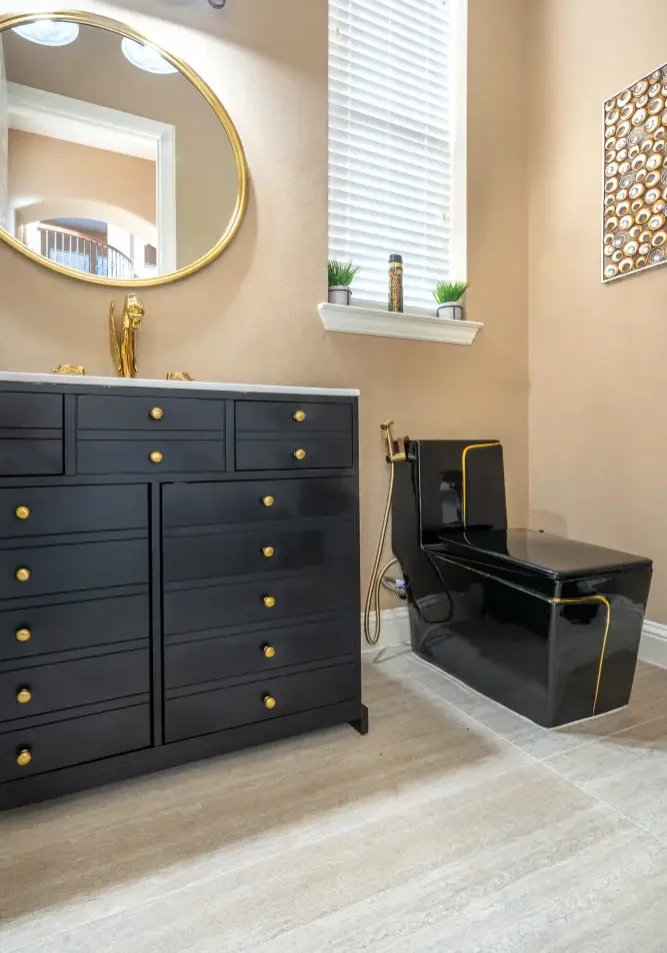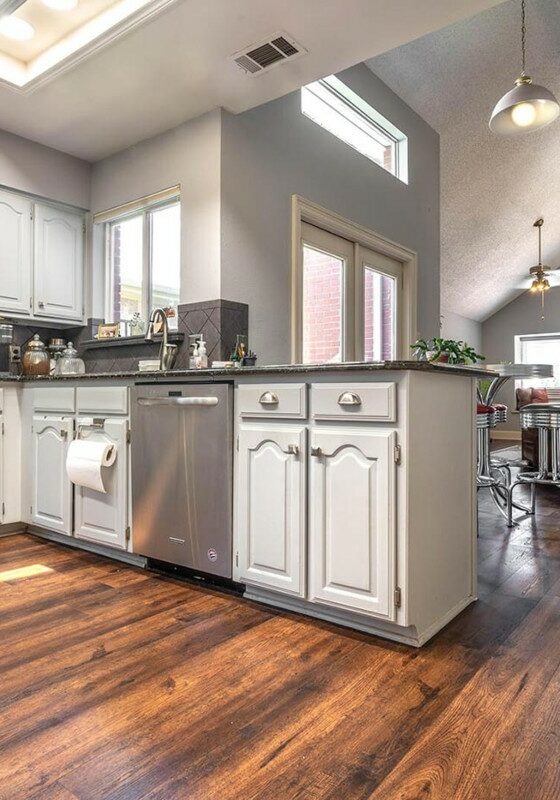What You Should Know About Flooring Safety Solutions

Many times when people choose flooring materials, they often forget to scrutinize the flooring safety. It might be the worst mistake that you can ever commit in your home and workplace when choosing a smooth-surfaced flooring. Over the years, many manufacturers of polishes and finishes depended upon the ASTM D-2047 (UL-410) standard for slip-resistant properties determination. The standard classified products into two categories, those whose dry Static Coefficient of Friction (SCOF) was equal to or greater than a 0.5 value(slip-resistance) and those with SCOF below the 0.5 value(non-classified). This standard has since been used even after the amendment of the act by ADA in 2006, thereby posing more risks on our floors.
A slip and fall could result in to bump or a fracture. According to a study, 8 million Americans seek emergency medical attention due to fall accidents. However, the accidents are always a result of slips, trips.
How do falls due to slips and trips occur?
Slips
Reliable research indicates that an estimated half the cases of slip and fall accidents are related to the quality of the floor in one way or the other. Also, according to the center for disease control(CDC), more than 30,000 people die as a result of slip-fall accidents yearly. Slips occur in places with low friction or traction between the walking surface and the footwear due to the following;
- Weather hazards
- Liquid spills on the floor
- Oily or wet surfaces
- Unanchored mats or rugs
- Other walking surfaces lacking the same degree of traction
Furthermore, falls account for 12-15% of workers’ compensation and about 15% of accidents at the job sites. As if not enough, CDC further estimates that among the millions injured in slip-fall accidents, about 30% of the casualties sustain average to severe injuries such as on the head, fractures, bruises, broken bones, and death. In an attempt to offer a solution to this, ANSI B101.1 standards were introduced. The standards measure Wet static coefficient of friction that is used to determine the risk of slipping. According to these standards, a desirable value ranges above 0.6 (high), moderate (0.4 to 0.6), and traction value below 0.4 is considered low. Manufacturers use the standards in an attempt to increase traction.
Trips
They occur due to the collision of your foot on an obstacle causing you to stumble and fall.
Trips occur due to the following factors;
- Wrinkled carpeting
- Bear cables
- Open drawers
- Rugged walking surface
- Obstructed view
- Poor lighting
- Clutter in your path
How Can You Improve the safety of your flooring
Because both slips and falls result from the sudden change in contact between the floor and the walking surface, quality of the flooring, good housekeeping, and selection of footwear can significantly reduce the occurrence of accidents.
1. Quality of flooring
Choosing the right quality of flooring material can save you and your beloved ones from the risk of slip and fall accidents. Changing or modifying the walking surface is another level of making your floor safe. Using synthetic decking or metal, pressure-sensitive abrasive strips or abrasive-filled paint-on coating and metal can significantly reduce slips and trips. Additionally, a matting system inside and outside a building entrance of about 15 ft should trap 70% or more of all soil particles and moisture to provide a secure dry, and safe surface for a step-off. You can also use polishes, chemicals, and finishes that are NSFI certified to be safe for use on the floor.
2. Proper in-house care
It is the fundamentals of reducing slip and fall accidents. Without observing proper housekeeping practices, other measures may not be effective. Thus it should be treated with the seriousness that it deserves. The precautions can be taken through the following action:
- Marking wet and spill areas and cleaning of all the spills immediately.
- Sweeping of loose debris or mopping the floor.
- Clearing the walkways of obstacles and clutters.
- It is covering the cables that cross the paths to prevent tripping.
- By ensuring that the walkways are well lit and visible.
- Appropriate footwear
More often, the workplace environment may pose a higher risk of slip and fall accidents. In such places, choosing proper footwear that will keep you safe is the key. Appropriate footwear that resists slip can be comfortable to stay in at the workplace. Avoid footwear with little contact when walking on slippery floors as this may pose more risk. Always choose shoes with a relatively flat underside to increase the grip between the floor and your footwear.
The high rate of slip, trips, and fall can be significantly reduced by ensuring proper lighting the paths, keeping a spill-free dry floors, and avoid or minimize obstruction by the materials that you carry. You can also reduce the risks of a slip by focusing on where you are going, adjusting proper pacing, making wide turns, and maintaining your foot slightly pointed. Moreover, good housekeeping and floor maintenance are mandatory.


